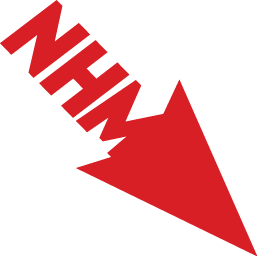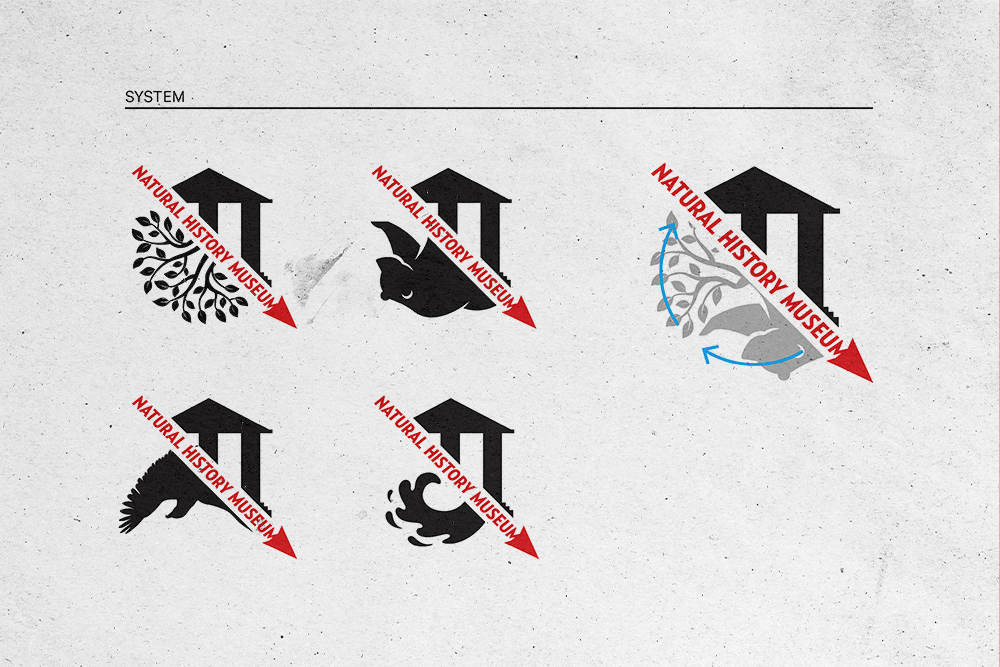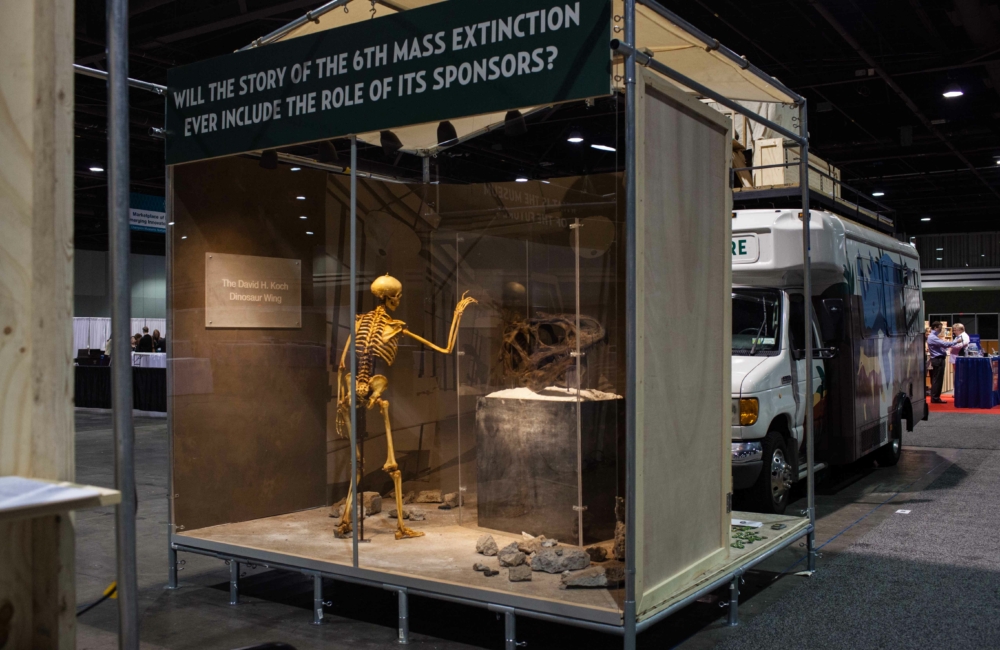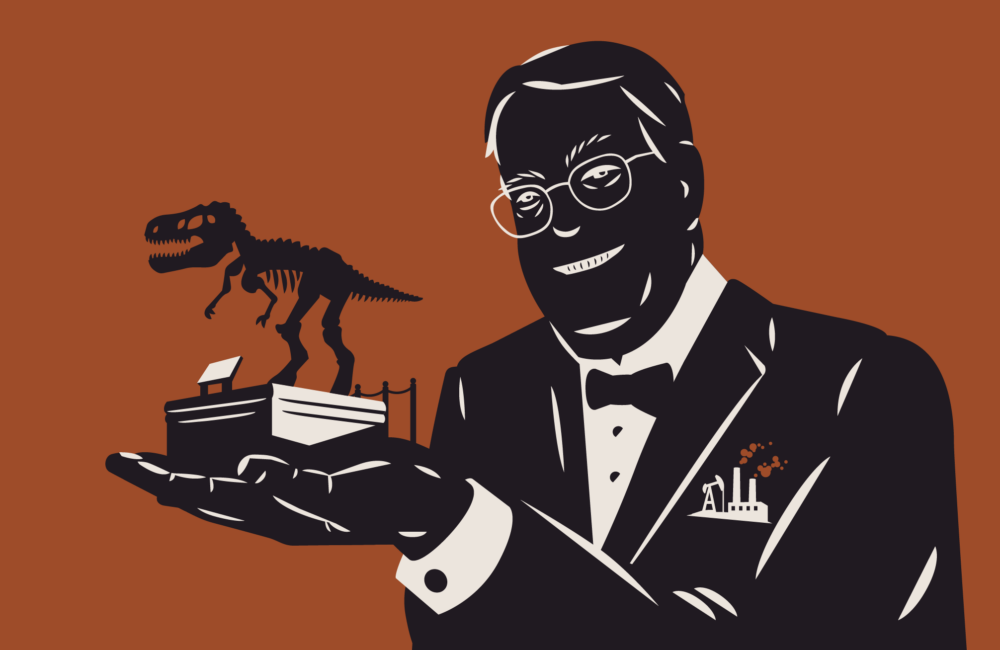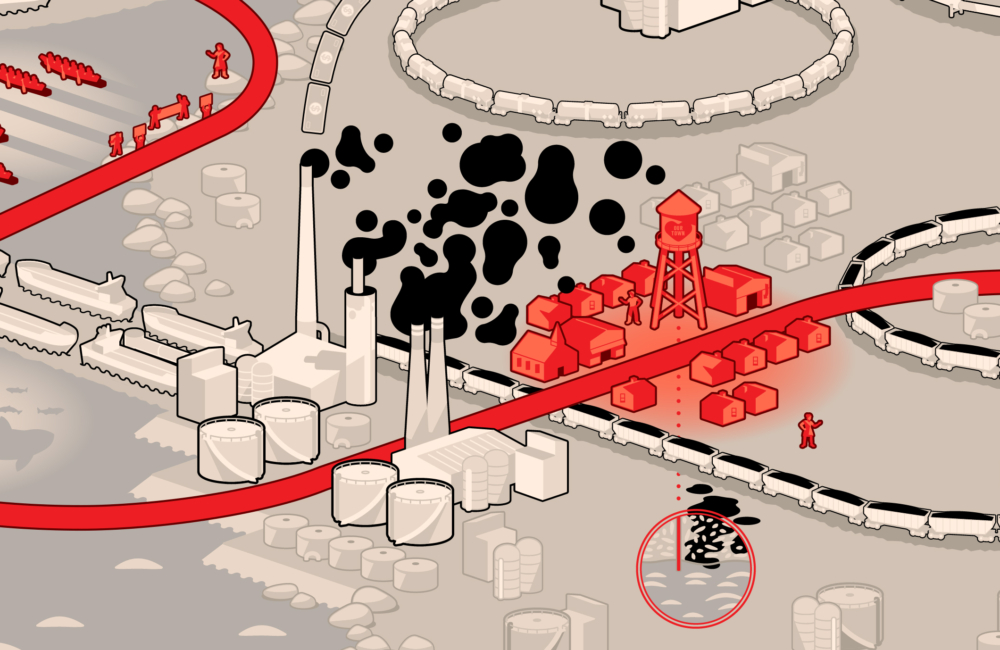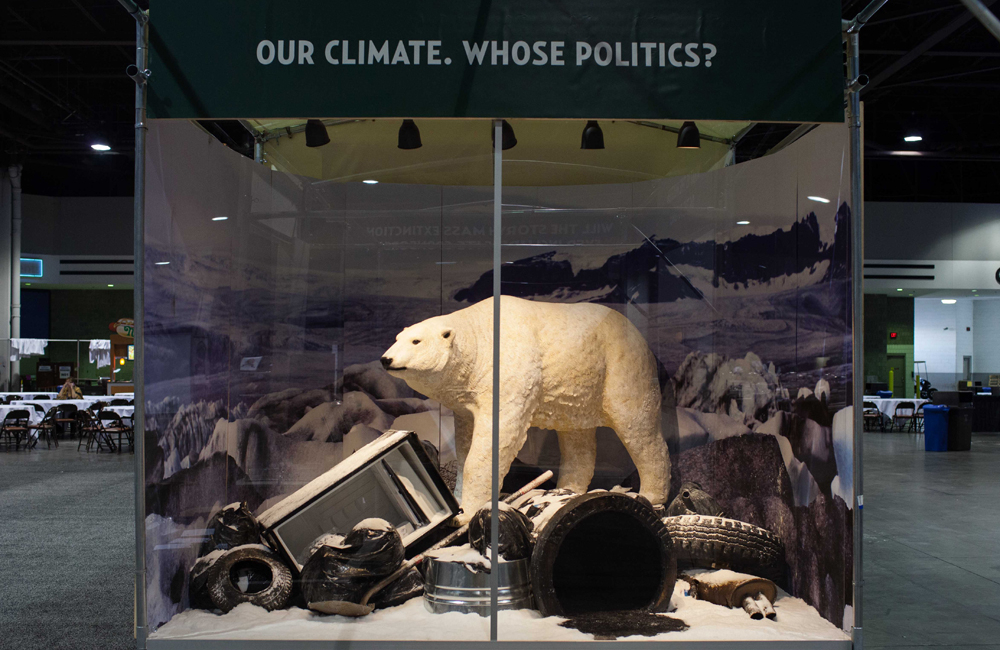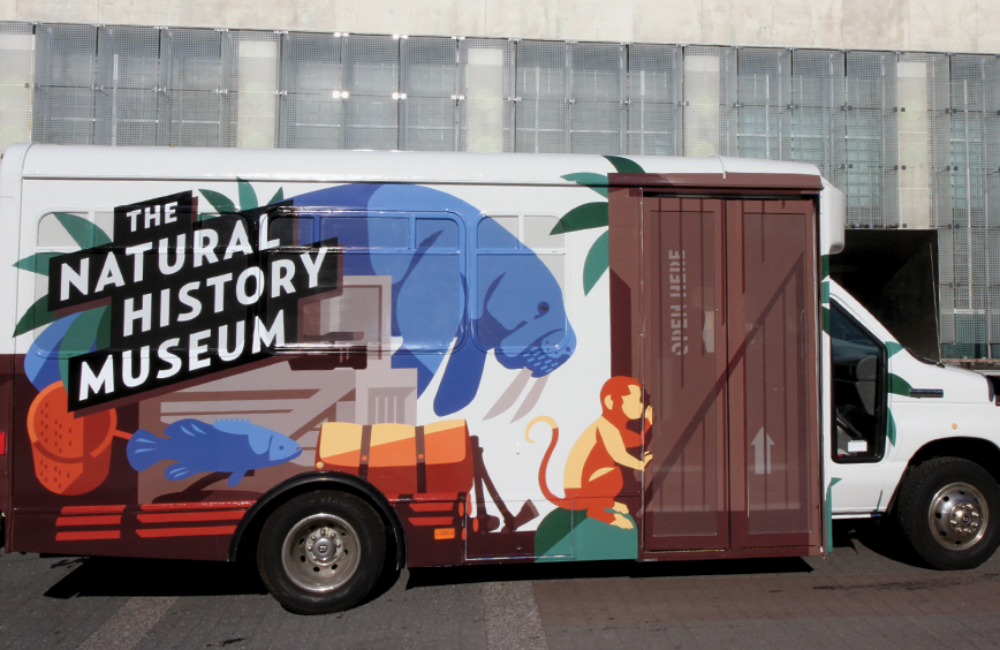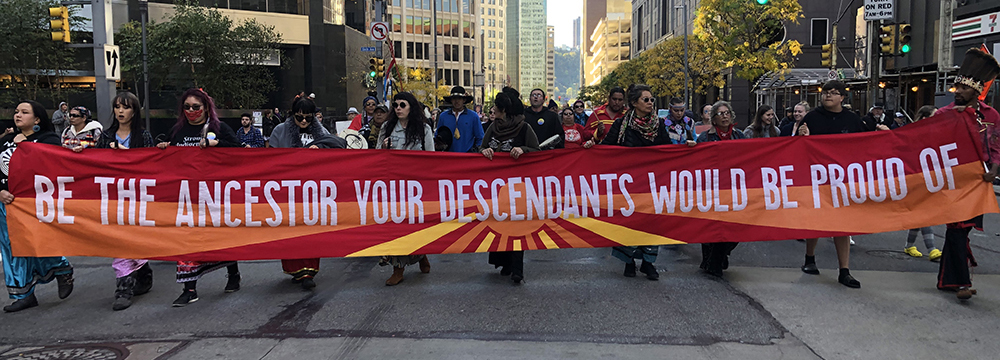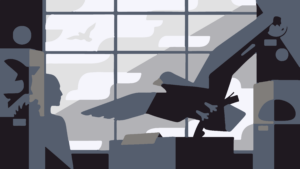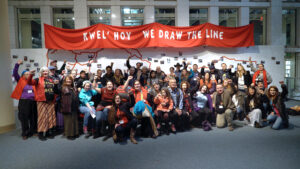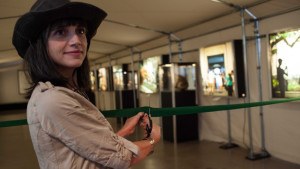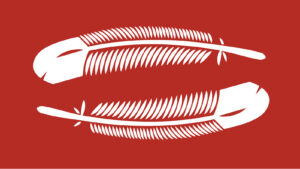This blog post traces the evolution of the NHM, introducing the new visual identity, logo, and website that we are launching today.
—
When we started The Natural History Museum, we didn’t know much about how natural history museums worked, but we knew that in the face of the climate emergency, most weren’t doing their part. We weren’t museum curators, but artists and activists who had spent the previous decade working shoulder to shoulder with homelessness and anti-eviction activists, Occupy Wall Street organizers, and environmental justice communities, developing creative strategies and tools for their campaigns.
The NHM was a creative experiment, an effort to see if mainstream science museums could be leveraged as movement infrastructure, marshaling institutional resources and expertise to protect the world we share in common.
We started with a wager: instead of challenging museums to take climate action from the outside, it would be more effective to engage them as a “peer institution.” And so we masqueraded as a museum, building everything from a website (imagine our excitement when TheNaturalHistoryMuseum.org was available!), to a mobile museum vehicle that provided a platform from which to launch our first campaigns. We recruited dozens of the world’s top scientists and Nobel laureates to call on museums to cut all ties to fossil fuels, end oil and gas sponsorship and remove climate deniers from their boards.
We treaded a fine line between looking like other museums and representing our difference. After all, our museum represented the social and political forces that shape nature, yet were excluded from traditional natural history museums. Our primary subject of study was the “fossil fuel ecosystem,” characterized by a complex set of interrelated feedback loops encompassing land, energy, politics, society, economics and culture. We turned our anthropological gaze on traditional science museums, viewing them as ideological habitats within this ecosystem.
We depicted dinosaurs and dioramas with the same illustration style as drilling rigs, rising sea levels, and oil company execs. Our imagery reflected the environmental realities of the climate crisis, called out its sponsors, and represented the violence of extraction and environmental injustice on marginalized communities, as well as the spirit of resistance it has inspired.
Adopting a colorful, approachable visual identity, our aim was to reference the design aesthetics of New Deal-era advertising and propaganda, along with the traditions of “fortress conservation” and liberal environmentalism popularized during this era, while subversively integrating externalities that are invisibilized in techno-utopian visions of a green capitalist future.
Over the past 8 years, we’ve established ourselves in the museum sector, taking our work further than we imagined possible. We built relationships with museum curators and directors, and brought environmental justice exhibitions to some of our country’s largest museums. We mobilized museum workers, historians, and scientists to support Native-led struggles to protect sacred places. We worked with Latinx communities living next to Houston’s petrochemical complex, and Indigenous artists and organizers in the Pacific Northwest, producing touring exhibits, award-winning films, and community-based events. We published in mainstream media and academic journals, and curated panels, screenings, and talks. To put it simply, we’ve outgrown the visual identity we launched with in 2014. We no longer need to “fake it til you make it,” as we used to say.
To both clarify our purpose and better tell our story, we are rolling out a new visual identity for the NHM—starting with a new logo and website. Beyond leveraging place-based museums to support and amplify environmental justice movements, we are building a collective of communities and institutions, of artists, activists, scientists, and scholars advancing community-led struggles to protect the world we share in common.
In our new animated logos, of which we have several versions, the NHM is represented not as a museum, but as a red arrow splitting the museum. As it cuts through the museum, the arrow reveals a bear, a bird, a tree, a canoe—items that cannot be captured, or assimilated, or extracted: the life that runs through everything within, beneath, and beyond the museum. For us, these icons stand in for what Indigenous scholar Vine Deloria Jr. calls the “living universe”—a system of relations between people, animals, and land that is premised on reciprocity and respect, not exploitation or extraction.
The arrow is red in reference to the red line used by the movement for climate justice, connecting Indigenous and other frontline communities around the world. It is the red line that Lummi carvers have traced along maps as they’ve traveled with totem poles, connecting places in need of ceremony and solidarity. It references Kwel’ Hoy: We Draw the Line, the exhibition we developed together to tell the story of these journeys and the fossil fuel fights they support. It is the Red Road to DC, a touring series of events that drew lines of connection between communities leading efforts to protect sacred places, and drew a line of division against the extractive relation to land that threatens all life.
As you navigate our new website, you are invited to follow this red line as it traces a path between these projects and more. If you are a teacher, student, scholar, environmentalist, or natural history museum-goer, we hope you’ll dig in, explore, and share.
We’ve had the great privilege and honor to learn from the communities and institutions we’ve collaborated with over these years, and from our ongoing experiments and interventions. Guided by lessons from the past, and committed to the fight for the future, we hope you’ll join us on this journey to build a more just and livable world for the generations to come.
